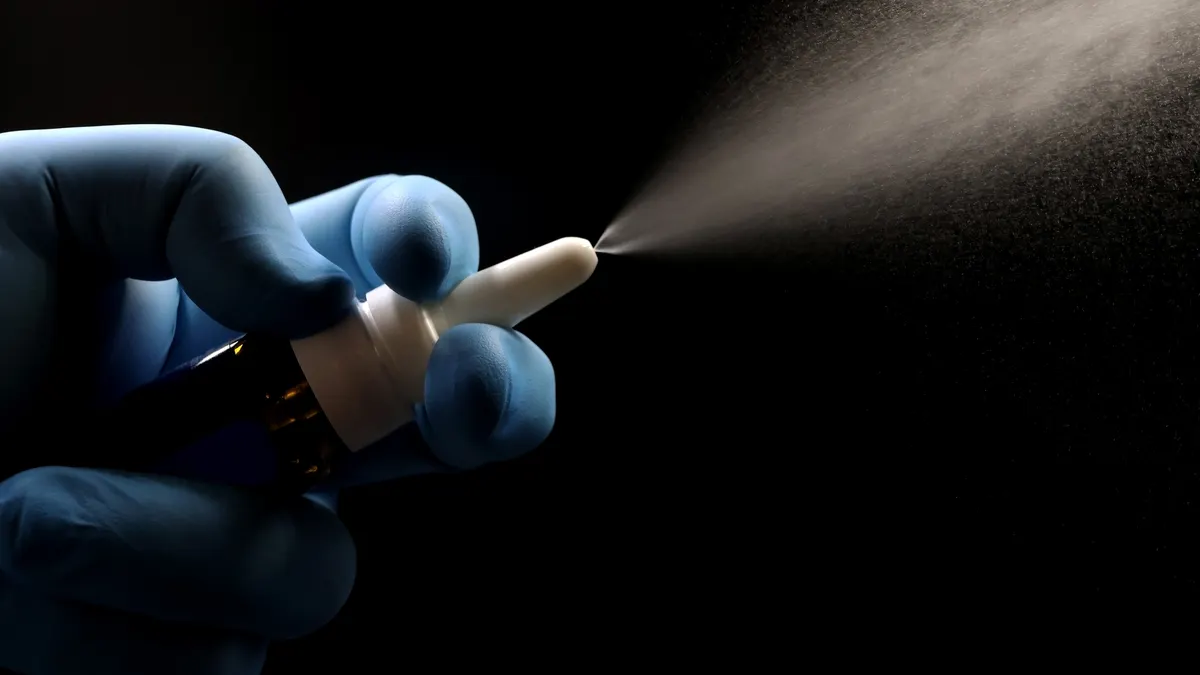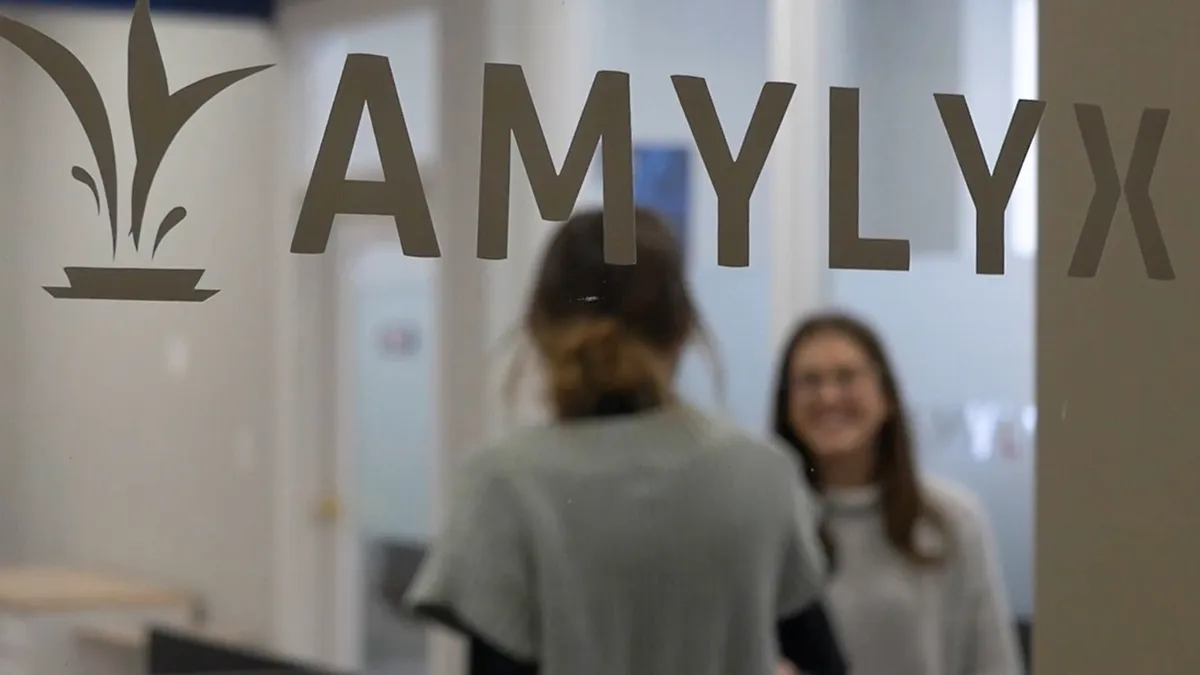AstraZeneca made a huge leap forward in at-home, self-administered vaccines by launching FluMist Home in August.
While the rollout signals a new generation of self-administered vaccines and flu immunization accessibility, a lot has changed since FluMist Home first got the FDA nod in September 2024.
Robert F. Kennedy Jr.’s HHS has spent the last several months kneecapping vaccine access and development, from limiting this year’s COVID-19 vaccine approval to pulling $500 million in research funding for mRNA vaccines, including those with needle-free administration, which is key to at-home use.
Despite this backdrop, FluMist Home launched as the only self-administered flu vaccine, and was approved for adults 18 to 49 years old or by a parent or caregiver to patients 2 to 17 years old.
Increasing the number and types of locations where people can get vaccines has long been key for encouraging widespread adoption.
“The advent of self-administered, at-home vaccines continues this trend,” Natasha Boliter, senior analyst, cardiovascular and metabolic infectious diseases at Citeline, said via email.
FluMist Home’s ability to be administered via intranasal spray, rather than a traditional syringe, is a critical factor in its at-home use. And its arrival on the market could be a harbinger of other at-home formulations to come.
“Several companies are exploring the development of vaccines with formulations that could lend themselves to at-home or self-administration, such as oral, inhaled, intranasal or transdermal delivery,” Boliter said.
Among them is Sanofi, which is developing an intranasal vaccine against RSV in toddlers — an approach Boliter noted “could potentially be administered at home.”
Vaxart is also developing oral vaccines for coronavirus, norovirus and influenza, as well as an oral therapeutic vaccine to treat HPV-related cervical dysplasia. Two other companies, Castlevax and CyanVac, are developing intranasal COVID-19 vaccine candidates.
“COVID-19 is a key area for self-administration vaccine development, but there are also microneedle patch vaccines being developed for diseases such as measles and rubella,” Boliter added.
Potential roadblocks
Despite a promising pipeline and market interest, significant roadblocks could get in the way of increasing self-administered vaccines.
First are the logistical ones, including “affordability, supply, storage and training for safe administration and disposal of the products,” Boliter said.
“For FluMist [Home] specifically, there are complications to take into consideration, which include the requirement to use an online ordering system to request a prescription, temperature-controlled delivery and correct disposal of delivery devices,” she said.
Temperature monitoring was part of the FDA approval for FluMist Home — a requirement AstraZeneca achieved through its partnership with Tive. The company’s paper-thin Tive Tag measures and records temperatures at any specified interval, such as every 10 minutes, and can store up to 5,000 data points to ensure the product’s temperature remains stable throughout transport.
Once the patient receives the product, they scan the tag with their smartphone to confirm if the FluMist dose is safe to use.
Krenar Komoni, CEO and founder of Tive, said in a separate email that FluMist is Tive’s first use-case in the market and demonstrates a strategy to successfully “deliver both the technology [and] the FDA approval with a direct-to-customer medicine or drug that's also temperature sensitive.”
But temperature monitoring was only one hurdle AstraZeneca needed to help patients overcome. Patients must also complete an online medical screening questionnaire, and get prescription and insurance verification, as well as follow instructions for self-administration, storage and disposal.
Other roadblocks exist, too, including FluMist Home’s $8.99 shipping and processing fee and state local pharmacy laws that restrict its use to 34 states for the 2025-26 flu season.
While uptake for FluMist could indicate whether patients embrace the new approach to vaccines, the wildly shifting policy landscape could pose another barrier.
Although BARDA’s website is still online for its “Beyond the Needle” campaign to develop needle-free drugs, including vaccines, other BARDA-funded programs have dried up.
In August, Vaxart received an order to stop work on screening and enrollment for its COVID-19 mid-stage trial since BARDA is winding down mRNA vaccine funding. Yet just three months earlier, BARDA gave Vaxart the go-ahead to initiate dosing in the 10,000-participant portion of an ongoing phase 2 clinical trial evaluating its oral COVID-19 vaccine candidate.
Despite these challenges, FluMist Home is being hailed as a breakthrough in the vaccine arena and could inform others looking to get their foot in the door.



















